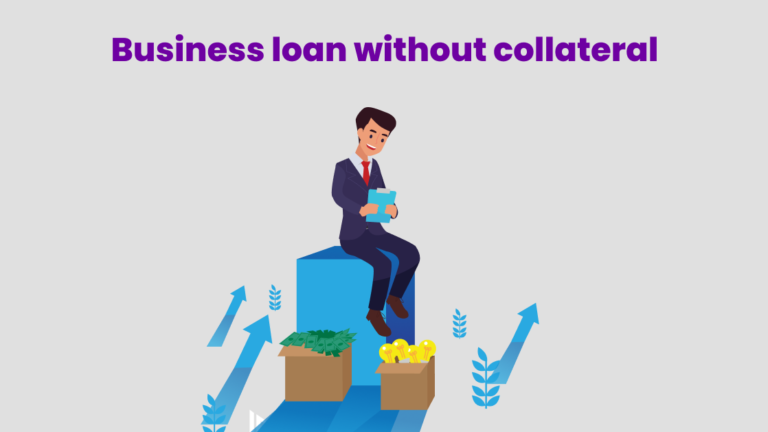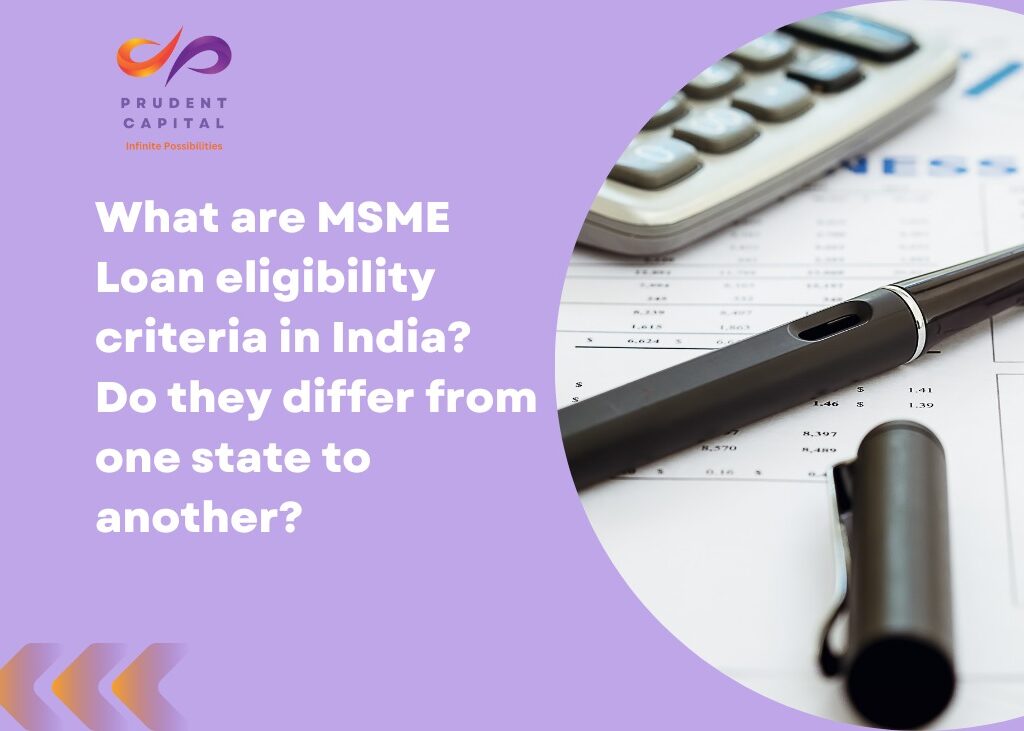How to get a business loan without collateral
How to get a business loan without collateral Due to the rapidly evolving business landscape, securing capital without the need for collateral can be a game-changer for entrepreneurs. Prudent Capital recognizes this demand and extends its support by offering loan for business without collateral, paving the way for growth without the burden of pledging assets. Let’s delve into the features, benefits, eligibility criteria, application process, tenure, repayment modes, and discover why Prudent Capital is the trusted partner for entrepreneurs seeking hassle-free funding solutions. Key Features of Business Loan Collateral Free Benefits of collateral-free business loan Eligibility Criteria for Business Loan Collateral free Required Documents for a loan for business without collateral 1. KYC Documents. 2. Latest 12-month Bank Statement. 3. Business Proof. How to Apply for a Business Loan Without Collateral? 1. Fill out the loan application form. 2. Provide basic information about yourself and your business. 3. Submit the required documents. 4. Undergo the verification process. 5. Receive notification of the loan approval status. Loan Duration for Collateral Free Business Loan The loan tenure for business loans without collateral varies based on borrower preferences and lender policies. Prudent Capital provides personalized tenure options according to the borrower’s needs. Mode of Repayment: Repayment modes for business loans without collateral include monthly installments via post-dated cheques, electronic clearing service (ECS), or auto-debit facility, providing convenience and ensuring timely payments. Why Choose Prudent Capital? Prudent Capital occurs as the perfect choice for business loans without collateral due to its expertise, instant approval, flexible terms, and customer-centric approach. Benefit from personalized assistance, competitive interest rates, and transparent dealings to fuel your business growth. Difference between Secured Loans vs. Unsecured Loans Secured loans require collateral, while unsecured loans like those offered by Prudent Capital do not require the need of pledging assets. Enjoy the flexibility and financial freedom of unsecured business loans without the burden of collateral. In Conclusion: Prudent Capital’s business loans without collateral provide entrepreneurs with a viable funding solution, enabling them to pursue their business goals with confidence. Apply today and experience financial flexibility with Prudent Capital. FAQ 1. How to get a loan without collateral? To secure a loan without collateral, you need a good credit score, stable income, and a trusted relationship with the lender. Start by checking your credit score and comparing loan options from various lenders. Prepare to provide proof of income and other funding documents to support your application. 2. Can a bank give a loan without collateral? Yes, banks can offer loans without requiring collateral, known as unsecured loans. However, approval for such loans depends on factors like your credit history, income stability, and debt-to-income ratio. Banks assess the borrower’s creditworthiness to determine the risk of lending without collateral. While unsecured loans may have higher rates of interest compared to secured loans, they help and gives us a financing option for individuals who may not have assets to pledge. It’s advisable to inquire directly with your bank about their specific unsecured loan offerings and eligibility criteria. This blog post aims to provide valuable insights into accessing business loans without collateral, empowering entrepreneurs to make informed financial decisions for their ventures. If you have any further questions or need assistance, feel free to reach out to Prudent Capital’s dedicated support team.





